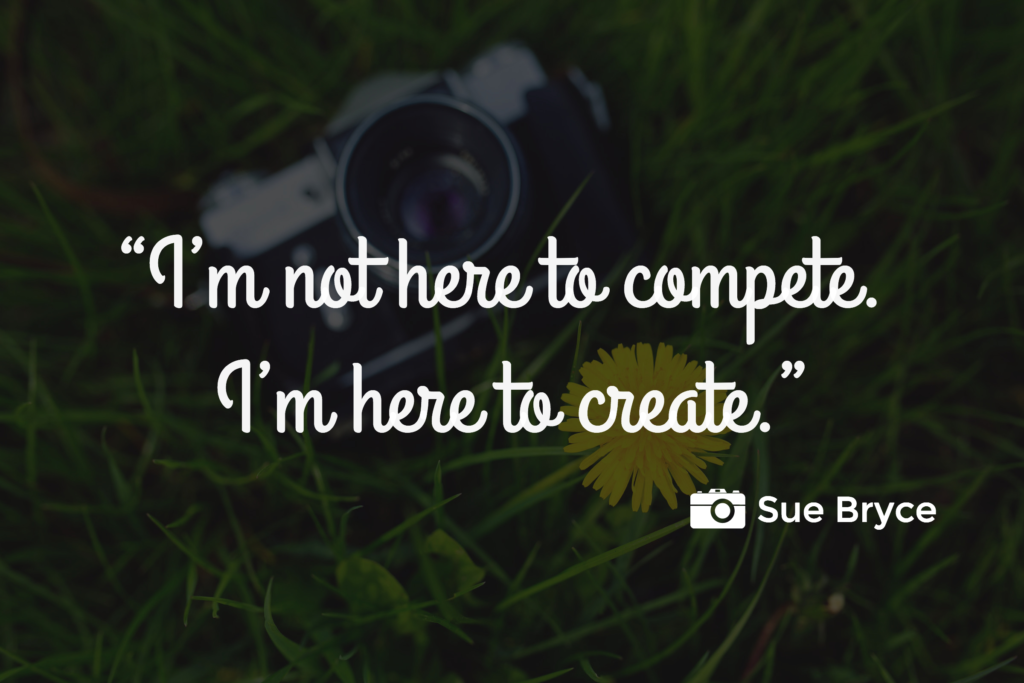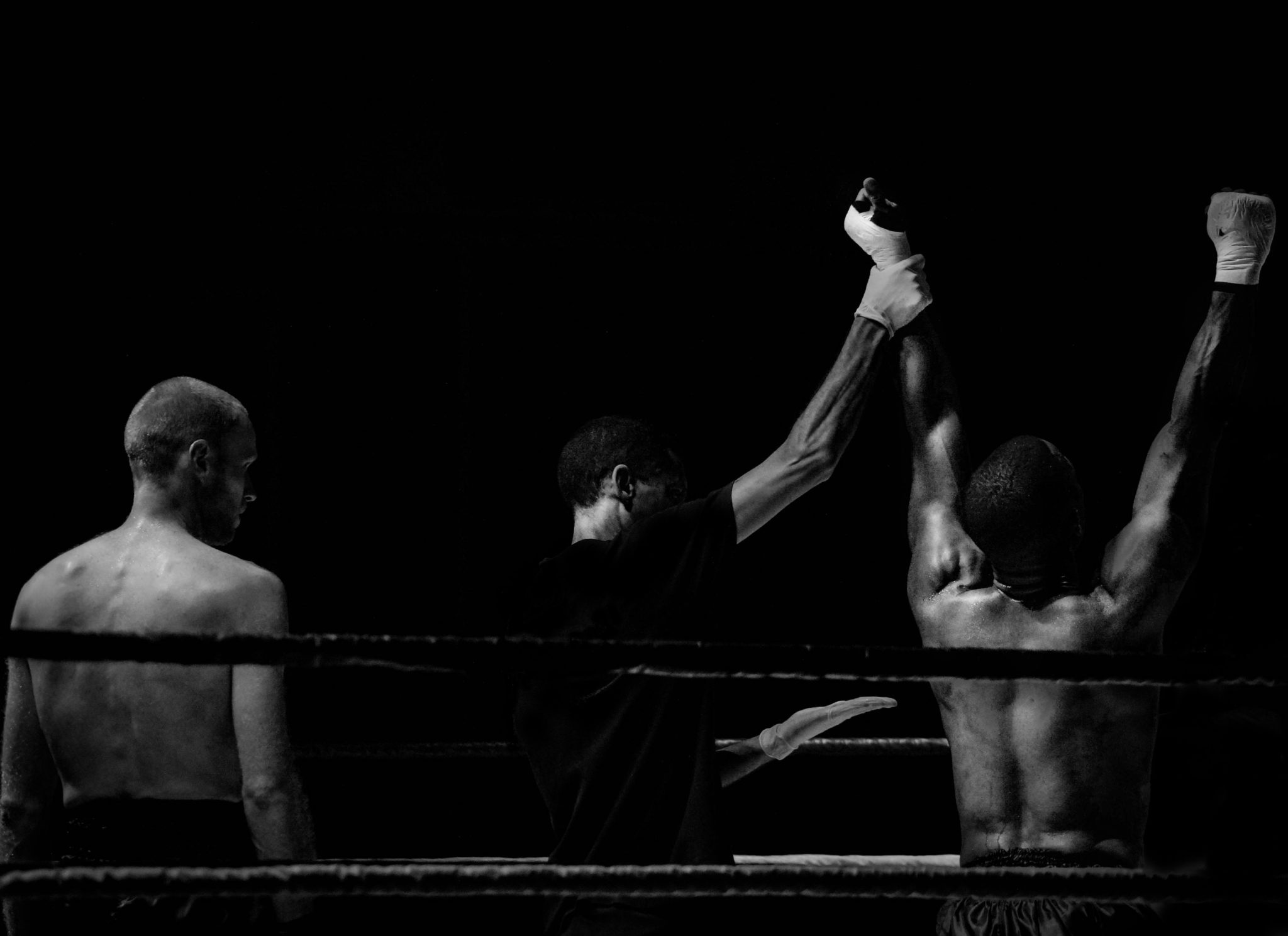I don’t know about you, but I love the Olympics — the celebrations, inspiring stories, and of course… the drama. I can’t get enough of it, and the 2016 Olympic Games in Rio were no disappointment, especially in regard to the US swim team.
No, not the Ryan Lochte scandal/waste of time. I’m talking about #PhelpsFace.
The summer’s most popular meme was born when cameras captured the enraged glare on the face of Michael Phelps, the most decorated Olympian of all time, before his semifinal of the 200-meter butterfly. Phelps — usually expressionless in the pre-race waiting area — couldn’t hold back his grimace when South African Chad le Clos stood directly in front of him, shadowboxing, dancing, and ‘stretching’.
The unorthodox routine of le Clos and the hateful expression of Phelps were just the most recent instances of an intensifying rivalry. In the 2012 London Olympics, le Clos shocked the world by swimming just five-hundredths of a second faster than Phelps to win the 200-meter butterfly, an event Phelps hadn’t lost in 10 years.
Phelps retired after those games, but when he returned to swimming and announced his intentions to reclaim the gold, le Clos began making a splash in the press and on social media. Earlier in his career, le Clos claimed Phelps was his hero — the reason he started swimming the butterfly in the first place — but now he was talking smack. His attitude had clearly changed.
After twelve months of the growing rivalry, the world watched as the two swimmers prepared to face each other for the first time in four years. #PhelpsFace was born.
Most of us know how the final race turned out. Phelps, of course, took the gold and beat le Clos… who didn’t even earn a medal.
Who’s Your Biggest Competitor?
Phelps vs. le Clos made for great TV this summer, but why should you care? How does this relate to your photography business?
Once we reach a certain point in our photography business, we all start to glance over our shoulder and single out our biggest competitors. But I want us all to understand who our real competition is.
When someone asks you, “Who’s your biggest competitor?”, who comes to mind?
Be honest with yourself. Do you immediately think about another photographer in your area? Now think about how much time you spend each month looking at other photographers’ websites and Facebook pages.
It’s so easy to get stuck doing this.
I know I’ve done it in all the different roles I’ve filled. It’s amazing how quickly we can get distracted by our ‘competitors’ and lose our focus on what really matters.
While Phelps and le Clos were standing on the platform before taking their starting places, le Clos’ attention was directly on Phelps. Once the race started, nothing changed. Phelps looked ahead, le Clos looked at Phelps.
Specifically, in the butterfly swimming stroke, turning your head to the side dramatically impacts performance by increasing drag, which ruins hydrodynamic efficiency.
It’s a great analogy of how easy it is to get distracted. Instead of keeping our eye on the goal that’s most important, we get distracted, look off to the side, and hurt ourselves.
We all need to realize that our biggest competition is not other photographers — it’s us. We compete with our own procrastination, laziness, and distraction more than we ever compete with the other wedding photographer across town.
Too Much Is Too Much
So what do we do about it?
Right now, we live in an age of information overload. Everywhere we go we’re bombarded with too much noise and too many choices. We end up with “analysis paralysis”, “data overload”, or “decision overwhelm”. Call it whatever you like. The bottom line is, it completely wears us out.
As consumers, this means we don’t even make a purchasing decision. We shrug it off and hope to decide later.
The same thing happens on many photographers’ websites. There’s too much ‘stuff’ there, and the consumer doesn’t know what decision to make. When there’s too much to look at, they get distracted and move on.
The truth is, you’ll lose more bookings to people not making a decision on your site than you’ll ever lose to other photographers. So our focus should really be on our prospects’ decision. We need to make their decision to hire us as easy and fast as possible — not long and drawn out.
When photographers around you succeed, it’s not because they’ve stolen business from you. It’s mainly because they’ve found a simpler way to communicate.
A few years ago, I heard the wildly successful photographer Sue Bryce address this issue on Creative Live, and it still resonates with me.
She said, “I’m not here to compete. I’m here to create.”

It’s a great reminder that there’s enough business out there for all of us.
When you grow confident in your unique skills and realize there’s a demand for what you offer, you can stop worrying about what everyone around you is doing and focus on the real challenge in front of you — communicating your talents in a way that resonates directly with your community and makes them want to hire you.
